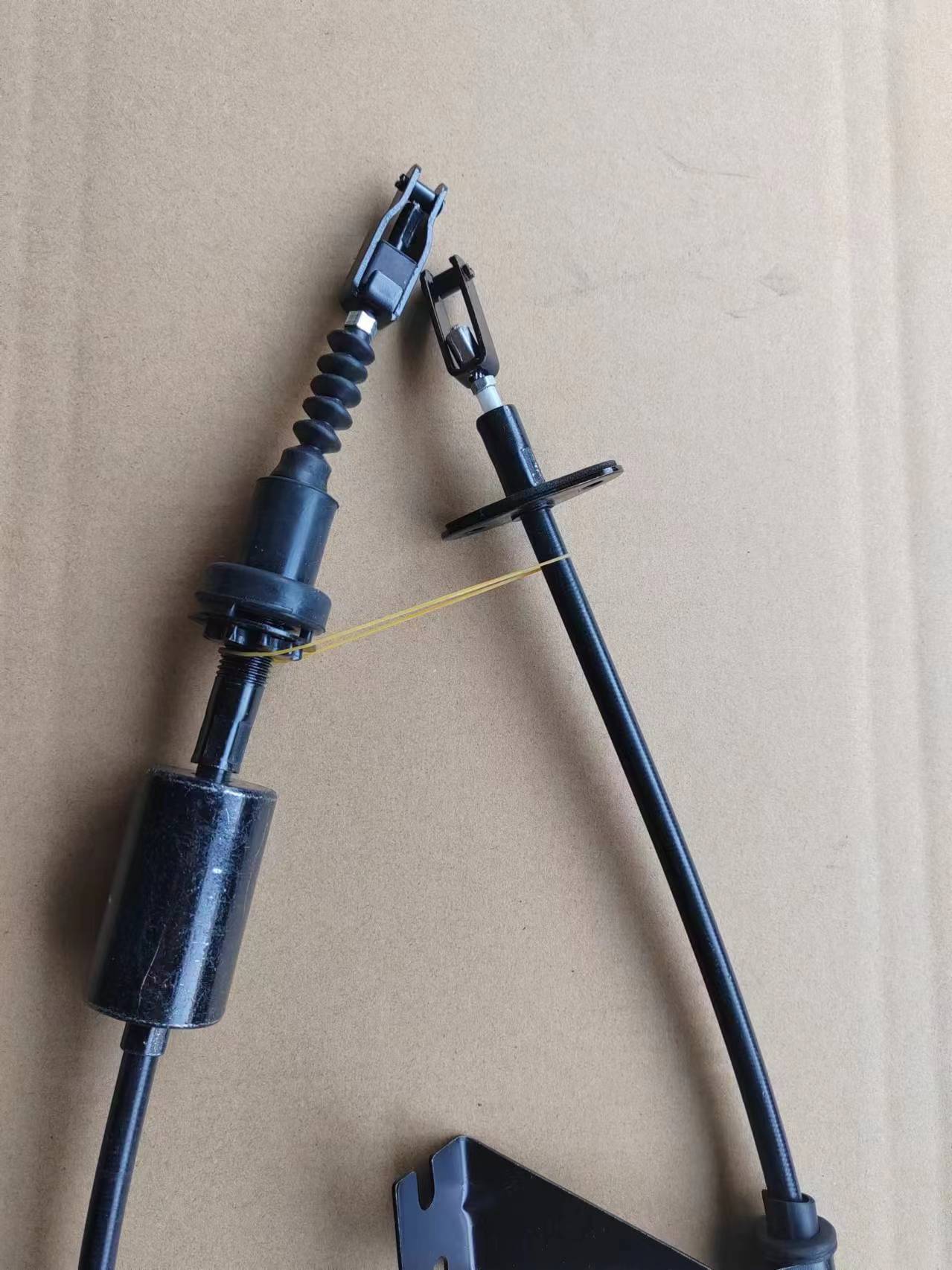Understanding the Function and Importance of the Accelerator Pedal Cable in Vehicles
Understanding the Accelerator Pedal Cable Functionality and Importance
The accelerator pedal cable is an essential component of a vehicle's throttle control system, playing a critical role in optimizing engine performance and drivability. This relatively simple yet vital component connects the accelerator pedal to the throttle body or carburetor mechanism, translating the driver's intention to accelerate into actual power delivered to the engine. Understanding this component's functionality can provide insights into both its importance in automotive design and its maintenance implications.
The Role of the Accelerator Pedal Cable
At its core, the accelerator pedal cable is designed to transmit the motion of the accelerator pedal directly to the throttle body or carburetor. When a driver presses the accelerator pedal, the cable pulls on the throttle lever, allowing air and fuel mixture to enter the engine, thus increasing the engine's power output. This mechanical linkage was standard in older vehicles, where direct cable connections were the norm. In newer models, however, many manufacturers have transitioned to electronic throttle control systems, which use sensors and electronic signals instead of a physical cable.
Despite this shift, understanding how the accelerator pedal cable functions is crucial for maintaining older vehicles and appreciating the evolution of automotive technology. A well-functioning accelerator cable ensures that the car responds promptly to driver inputs, contributing to a smooth and responsive driving experience.
Common Issues with Accelerator Pedal Cables
Like any mechanical component, the accelerator pedal cable can experience wear and tear over time. Common issues associated with throttle cables include fraying, stretching, or binding. Fraying can occur due to exposure to heat, oil, and constant movement, which compromises the cable’s integrity. A stretched cable may result in a delayed response when the accelerator pedal is pressed, leading to decreased performance and potential safety hazards on the road.
Another potential issue is binding, where the cable becomes obstructed due to dirt, corrosion, or misalignment in the routing. This can lead to stuck throttles, resulting in unintended acceleration or a complete lack of responsiveness. Regular inspections and maintenance can help identify these issues early, ensuring the vehicle remains safe and reliable.
accelerator pedal cable

Maintenance and Replacement
Maintaining the accelerator pedal cable is a straightforward process that can significantly affect vehicle performance. Regular checks for signs of wear, such as fraying or stiffness, can help vehicle owners catch problems before they develop into more significant issues. Greasing the cable’s inner components and ensuring proper alignment can also extend its lifespan.
When it comes time for replacement, it’s essential to choose a high-quality cable that meets the manufacturer's specifications. The installation of a new accelerator pedal cable usually involves disconnecting the old cable from the accelerator pedal and throttle body and re-routing the new cable in the same manner. This task can often be performed by an experienced DIY mechanic, though consulting with a professional repair shop is also advisable for those unfamiliar with automotive repairs.
The Evolution of Throttle Control
While the traditional accelerator pedal cable remains in use in many older vehicles, the automotive industry has gradually shifted towards electronic throttle control systems. These systems utilize electronic sensors to monitor the position of the accelerator pedal, sending signals to the engine control unit (ECU) to adjust the throttle opening accordingly. This transition has allowed for more precise control over engine performance, improving fuel efficiency and reducing emissions.
However, understanding the fundamentals of the accelerator pedal cable remains important for appreciating the mechanical workings beneath the technological advances in modern vehicles.
Conclusion
In conclusion, the accelerator pedal cable, though often overlooked, is a critical component that directly influences engine performance and vehicle responsiveness. Regular maintenance and awareness of potential issues can help vehicle owners ensure their cars run smoothly and safely. Through this understanding, one can appreciate the blend of mechanical simplicity and the advancements in automotive technology that characterize today's vehicles.
-
Upgrade Your Vehicle with High-Quality Handbrake CablesNewsNov.01,2024
-
Optimize Your Bike's Performance with Quality CablesNewsNov.01,2024
-
Enhance Your Vehicle's Performance with Quality Clutch ComponentsNewsNov.01,2024
-
Elevate Your Vehicle's Performance with Quality Throttle CablesNewsNov.01,2024
-
Elevate Your Vehicle's Performance with Quality CablesNewsNov.01,2024
-
Affordable Solutions for Your Cable NeedsNewsNov.01,2024
